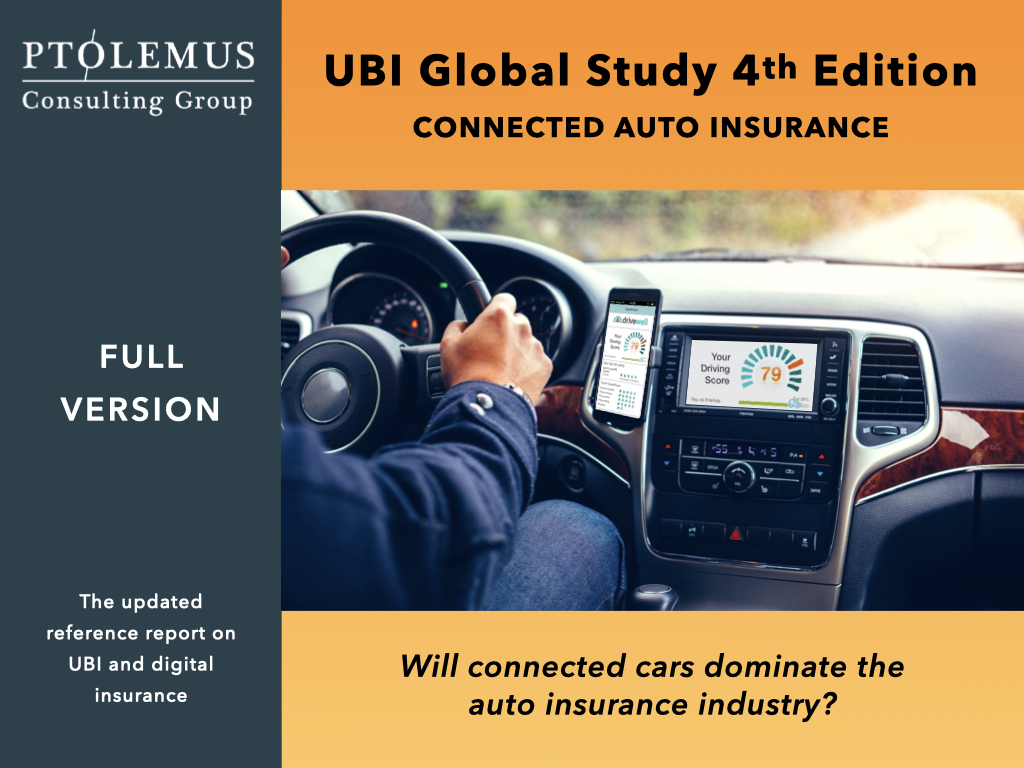What is the future of connected auto insurance in France?
What is connected auto insurance?
Connected auto insurance is a usage-based motor insurance that collects dynamic driving data using a telematics device to adjust the premium to the actual level of risk. Based on the collected data, a connected auto insurance policy generally gives the policyholder a premium discount depending on:
- The mileage driven (Pay As You Drive)
- The driving behaviour (Pay How You Drive)
- The driving time (Pay When You Drive)
By comparison, a Reward How You Drive (RHYD) policy gives rewards (instead of a premium discount) to the policyholder based on his/her driving behaviour.
Has connected auto insurance been implemented in France?
The first connected motor insurance programme in France was launched by Solly Azar, the broker, in 2008. Since then, around 46 programmes (including pilots) have been launched and 23 remain active.
Although the number of active programmes has been relatively stable since 2018, many insurers have left (or not really entered) the market. In this context, the key questions are:
- Is the French market more ready today than 5 years ago to adopt connected insurance?
- Will the connected auto insurance market take off in France?
- How can a connected insurance programme achieve sustained success?
Is the French market more ready to adopt connected insurance today than 5 years ago?
Our latest analysis suggest that yes, the French market has a stronger potential to adopt connected insurance today.
From a demand perspective, French policyholders are more willing to adopt it.
With an average premium that has increased again to €417 – a level comparable to that of Italy, the world’s telematics champion – car owners have a higher incentive to embrace a solution that will reduce their premium, particularly in a high inflation environment. For customers in supposed high risk segments, the bill can be even higher, €860 according to LeLynx.

Moreover, with a vehicle density higher than that of Germany or the UK, customers prefer a solution in which the premium is adjusted to the real, often low, mileage. In addition, the number of insureds that have a smartphone and are open to share data has become the majority of the population, which means the addressable market for connected insurance has widened substantially.
Finally the Hamon law makes it easier to churn to new telematic policies.
From a supply perspective, insurers also have more favourable conditions than 5 years ago.
With a loss ratio that has climbed again to the extremely high level of 86% of premiums, insurers have a compelling reason to implement solutions that will reduce the frequency and severity of their claims.
Moreover, the investment required to implement a connected insurance scheme has fallen as the cost of telematics devices has become marginal. In addition to traditional aftermarket devices (black boxes and OBD dongles), insurers can now rely on inexpensive mobile apps, apps combined with Bluetooth beacons and, increasingly, connected vehicle data.
So will the French connected motor insurance market take off?
Thanks to this increasingly favorable context, PTOLEMUS predicts that the French connected auto insurance market will grow from 240,000 policies today to around 3.6 million active policies in 2030.
Why? On the demand side, the policyholder’s desire to have a lower premium will be a key driver. And in particular a level that reflects his/her actual mileage and driving habits. A far cry from today’s one-size-fits-all model mainly based on socio-economic pricing factors.
On the supply side, the main growth drivers will be the insurers’ critical need to reduce losses and the opportunity of using telematics to better rate risks.
Other growth enablers include the increased adoption of connected cars and the increased fragmentation of the market between a large number of players. Beyond insurers and brokers, bankinsurers, OEMs and insurtechs are already in the motor insurance market and can launch connected insurance policies.
Stellantis already offers 2 schemes: Mon Assurance Connectée and Drive & Connect. Given the fast increasing cost of insuring EVs, we would not be surprised to see Tesla offering its own connected insurance, as in the US.
How can French insurers succeed in their connected motor insurance programmes?
PTOLEMUS has advised many insurers, brokers and reinsurers such as Admiral, AXA, Baloise, Banorte, Generali, HUK-Coburg, Liberty Mutual, Macif, Matmut, Nationwide, Société Générale, Toyota Insurance, UnipolSai, etc.
Based on our analysis of nearly 500 connected insurance programmes in dozens of countries, we are convinced that French insurance companies can also make a higher profit from a connected policy than from a standard policy.
The higher margin comes mainly from the reduction in the loss ratio, which is a result of lower claims frequency and severity achieved thanks to the smart use of telematics. The loss cost reduction plus the additional premiums collected due to a longer policy lifetime can actually exceed the costs of telematics and premium discounts.
To implement a successful programme, as in other countries, French insurers need a value proposition that is both appealing to the policyholder and capable of reducing losses and claims management expenses sustainably.
Insurers should market all the advantages of connected insurance to appeal to the insured. These advantages include a premium discount, but also a more engaging user experience, improved safety, a revolutionised claims process, etc.
Last but not least, insurers should ensure that the programme reduces the loss and expense ratios on a sustainable basis. For this, the risk of accident is to be decreased with driving monitoring & coaching and real-time feedback & warning. The claims handling process can also be revamped by detecting and processing claims faster, using more complete and accurate data (captured through telematics).
All in all, a silent revolution is happening in the fundamentals of French auto insurance market, from the digitalisation of the market, the Hamon law and the availability of cheap, real-time data on the risk. These numerous effects combined will trigger a take-off of telematics in France. Italy but also the UK and Germany have now passed the threshold of 1 million telematics policies and we expect the breakthrough to come in the next 2 years in France.
But success generally requires the combination of deep market insights and significant expertise. Before all, not making the same mistakes done by other insurers is essential. Following the best practices followed by world-class telematic insurers is also a good idea.
To best prepare your connected insurance programme, please refer to PTOLEMUS’ UBI Global Study or contact us at [email protected].

